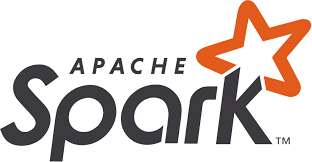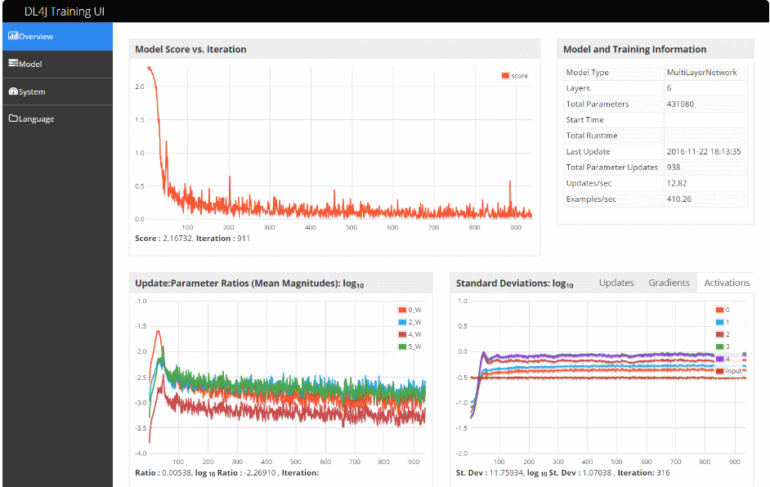
We cover some of the most popular big data tools for Java developers. Discover the best big data tools and what to look for.
In the modern era of data-driven decision-making, the abundance of data generated every day has necessitated the development of robust tools for processing, analyzing and deriving insights from these massive datasets. Java developers, with their proficiency in one of the most widely used programming languages, have a wide array of tools at their disposal to tackle the challenges of Big Data. Here, we delve into four of the top Big Data tools specifically tailored for Java developers: Apache Hadoop, Apache Spark, DeepLearning4j and JSAT.
Jump to:
One of the main players in the Big Data revolution is Apache Hadoop, a groundbreaking framework designed for distributed storage and processing of large datasets. Java developers have embraced Hadoop for its scalability and fault-tolerant architecture.
Apache Hadoop is open-source and free to use for commercial and noncommercial projects under the Apache License 2.0.
Apache Hadoop has the following key features:
HDFS, the cornerstone of Hadoop, divides data into blocks and distributes them across a cluster of machines. This approach ensures high availability and fault tolerance by replicating data blocks across multiple nodes. Java developers can interact with HDFS programmatically, storing and retrieving data in a distributed environment.
Hadoop’s MapReduce programming model facilitates parallel processing. Developers specify a map function to process input data and produce intermediate key-value pairs. These pairs are then shuffled, sorted and fed into a reduce function to generate the final output. Java developers can harness MapReduce’s power for batch processing tasks like log analysis, data transformation and more.
Hadoop relies on the concept of data locality to efficiently process data, making it quick at such tasks.
Apache Hadoop has the following pros:
While Hadoop is an integral tool for Big Data projects, it’s important to recognize its limitations. These include:
Apache Spark has emerged as a versatile and high-performance Big Data processing framework, providing Java developers with tools for real-time data analytics, machine learning and more.

Apache Spark is an open-source tool and has no licensing costs, making it free to use for programmers. Developers may use the tool for commercial projects, so long as they abide by the Apache Software Foundation’s software license and, in particular, its trademark policy.
Apache Spark has the following features for Java developers:
Unlike Hadoop, which relies on disk-based storage, Spark stores data in memory, drastically accelerating processing speeds. This feature, coupled with Spark’s Resilient Distributed Dataset abstraction, enables iterative processing and interactive querying with remarkable efficiency.
Spark’s ecosystem boasts libraries for diverse purposes, such as MLlib for machine learning, GraphX for graph processing and Spark Streaming for real-time data ingestion and processing. This versatility empowers Java developers to create end-to-end data pipelines.
Spark unifies various data processing tasks that typically require separate tools, simplifying architecture and development. This all-in-one approach enhances productivity for Java developers who can use Spark for Extract, Transform, Load; machine learning; and data streaming.
Furthermore, Spark’s compatibility with Hadoop’s HDFS and its ability to process streaming data through tools like Spark Streaming and Structured Streaming make it an indispensable tool for Java developers handling a variety of data scenarios.
While Spark excels in various data processing tasks, its specialization in machine learning is augmented by DeepLearning4j.
Apache Spark has several pros worth mentioning, including:
Despite its many advantages, Apache Spark does have some notable cons, including:
As the realms of Big Data and artificial intelligence converge, Java developers seeking to harness the power of deep learning can turn to DeepLearning4j. This open-source deep learning library is tailored for Java and the Java Virtual Machine, enabling developers to construct and deploy complex neural network models.

DeepLearning4j is another open-source offering and free to use for non-commercial and commercial purposes alike.
DeepLearning4j supports various neural network architectures, including convolutional neural networks for image analysis and recurrent neural networks for sequential data. Java developers can harness these architectures for tasks ranging from image recognition to natural language processing.
With the integration of distributed computing frameworks like Spark, DeepLearning4j can scale training processes across clusters. This scalability is crucial for training deep learning models on extensive datasets.
DeepLearning4j offers seamless integration with popular developer tools like Apache Spark, making it possible to incorporate deep learning models into larger data processing workflows.
Java developers with varying levels of experience in deep learning can access DeepLearning4j’s user-friendly APIs to construct and deploy neural network models.
For Java developers who want a more general-purpose machine learning toolkit with a strong focus on optimization, JSAT is a valuable choice.
DeepLearning4j has a number of pros as a Big Data tool, which include:
DeepLearning4j is not without its cons, which include:
The Big Data landscape offers Java developers a myriad of tools to tackle the challenges of processing and deriving insights from vast datasets. Apache Hadoop and Apache Spark provide scalable, distributed processing capabilities, with Spark excelling in real-time analytics. DeepLearning4j caters to developers interested in deep learning and neural networks, while JSAT empowers Java developers with a versatile machine learning toolkit.
With these tools at their disposal, Java developers are well-equipped to navigate the complexities of Big Data and contribute to the advancement of data-driven solutions across industries.